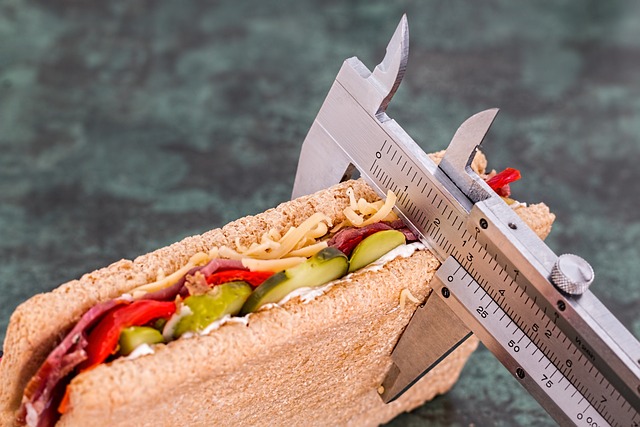In national meters
Calorie Calculator
in American metrics
Calorie Calculator
When it comes to achieving your health and fitness goals, understanding the role of calories in your diet is paramount. The age-old adage “calories in versus calories out” serves as a foundational principle in the world of nutrition and weight management. Whether you aim to lose weight, maintain your current physique, or gain muscle, a calorie calculator can be your most valuable tool on this journey. In this comprehensive guide, we will explore the ins and outs of using a calorie calculator effectively.
The Science Behind Calorie Calculations
Before delving into the practical aspects, let’s take a moment to understand the science behind calorie calculations. Calories represent the unit of energy we obtain from the foods and beverages we consume. Your body requires a specific number of calories each day to perform essential functions, such as breathing, digestion, and cell repair. This baseline requirement is known as your Basal Metabolic Rate (BMR).
Factors that influence your BMR include age, gender, weight, and height. Beyond your BMR, your daily activities and exercise routines contribute to your Total Daily Energy Expenditure (TDEE). This TDEE figure provides a more accurate representation of the calories your body requires to maintain, lose, or gain weight.
Using a Calorie Calculator
Now that we’ve laid the groundwork, let’s get practical. Here’s how to use a calorie calculator to achieve your health and fitness goals:
- Gather Your Information: Before you can calculate your daily caloric needs, you’ll need to know your age, gender, weight, and height. This information serves as the foundation for your calculations.
- Select the Right Calculator: There are various calorie calculators available online, some of which are specialized for specific goals (e.g., weight loss, muscle gain). Choose one that aligns with your objective.
- Enter Your Data: Fill in your age, gender, weight, and height in the calculator. Be accurate as the precision of your results depends on the data you input.
- Choose Your Activity Level: The calculator will typically ask for your activity level. Be honest about how active your lifestyle is, whether it’s sedentary, lightly active, moderately active, or very active.
- Set Your Goal: Indicate whether you want to maintain your current weight, lose weight, or gain weight. Your goal will affect the number of calories recommended.
- Receive Your Results: Once you’ve provided all necessary information, the calculator will generate your daily caloric needs. This is the number of calories you should consume to reach your goal.
- Balance Your Diet: Armed with this information, you can now create a balanced diet plan that aligns with your daily caloric needs. Make sure to focus on nutrient-dense foods, including lean proteins, whole grains, fruits, and vegetables.
- Monitor and Adjust: As you progress, keep an eye on your results and adjust your diet and exercise regimen as needed. Consistency and monitoring are key to success.
The Importance of Professional Guidance
While calorie calculators are valuable tools, they should be used in conjunction with guidance from healthcare professionals, dietitians, or certified trainers, especially if you have specific health conditions or complex dietary requirements.
Conclusion
In the journey to better health and fitness, a calorie calculator can be your trusty navigator. By understanding and using it effectively, you’ll gain the ability to tailor your nutrition to your precise needs, whether you’re on a quest for weight loss, maintenance, or muscle gain. Remember, consistency and patience are vital as you strive to meet your goals and embark on a path to a healthier you.
